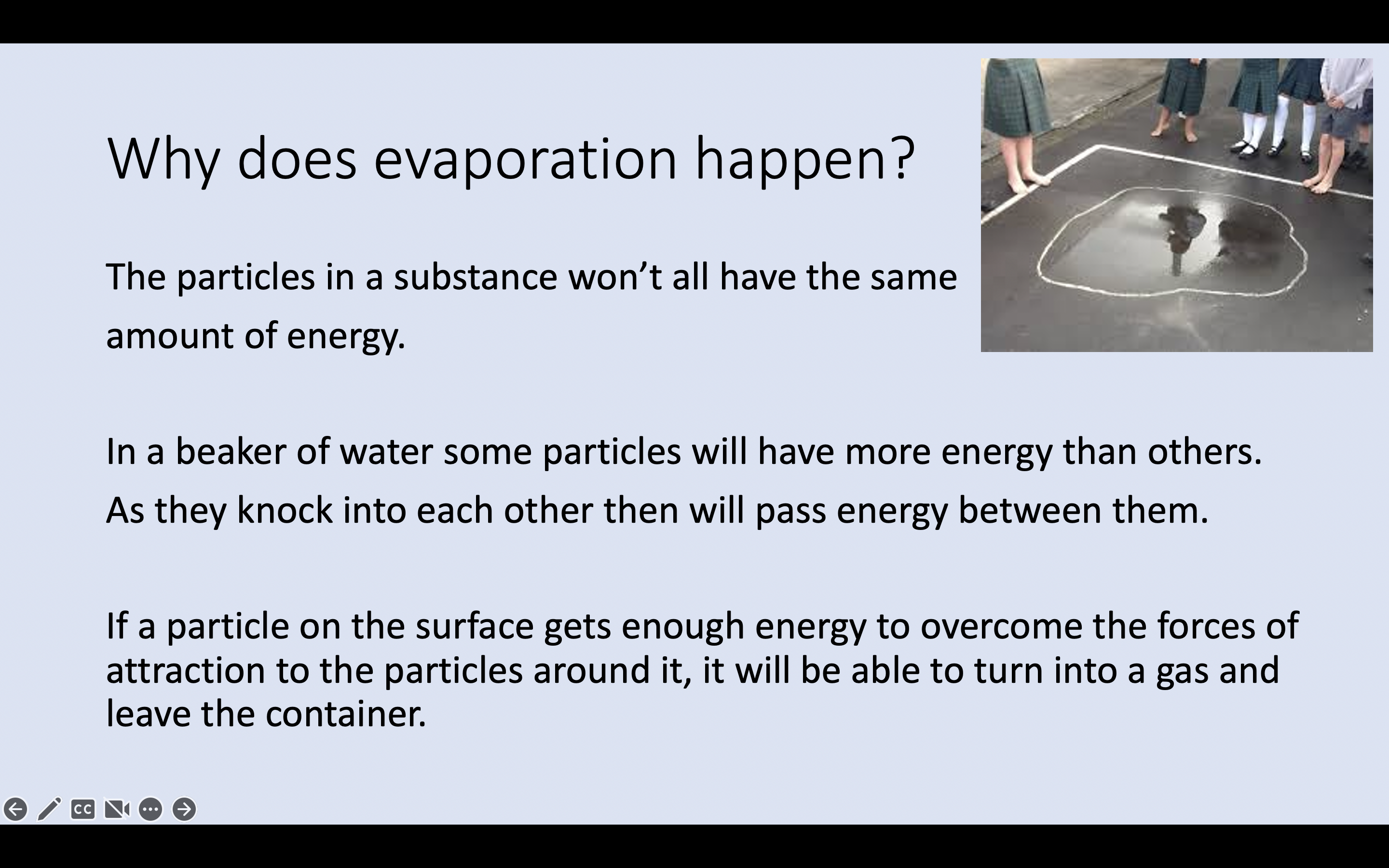Chemistry-Unit 1
5.0(2)
5.0(2)
Card Sorting
1/43
Study Analytics
Name | Mastery | Learn | Test | Matching | Spaced |
|---|
No study sessions yet.
44 Terms
1
New cards
Atom
Smallest piece of an element
2
New cards
Element
Substance made of 1 type of atom. Listed on the Periodic Table
3
New cards
Compound
Substance made of 2 or more elements chemically joined
4
New cards
Pure
Substance made of 1 type of particle
5
New cards
Mixture
Two or more different particles not chemically joined in a space e.g salt water, air
6
New cards
Molecule
Particle made of more than one atom chemically joined. The elements are usually non-metals. There are weak forces of attraction between molecules.
7
New cards
Particles
General name for any small piece of matter. Can be atoms or molecules (or ions).
8
New cards
Periodic Table
List of all known elements with their symbols.
9
New cards
Formula
How chemists show the combination of elements in a particle e.g CuSO4 or Na
10
New cards
NO3
nitrate
11
New cards
SO4
sulfate
12
New cards
What is in an atoms core?
protons, neutrons
13
New cards
proton charge and atomic mass
\+,1
14
New cards
neutron charge and atomic mass
no charge,1
15
New cards
electron charge and atomic mass
\-,0
16
New cards
What is the electron filling rule?
2,8,8,7
17
New cards
What is an ion?
An ion is formed when an atom gains or loses an electron
18
New cards
An ion is negatively charged if
it gains an element
19
New cards
An ion is positively charged if
it loses an electron
20
New cards
Physical change
Particles are rearranged but no new particles are made e.g melting, dissolving
21
New cards
Chemical Reaction
atoms in particles rearrange to form new particles
22
New cards
Signs of a chemical reaction
Gas produced, colour changing, temperature change, reactants used up, new substance appears
23
New cards
Signs of physical changes
Produced gas (if boiling or evaporating), temporary colour change, temperature change, change of state
24
New cards
Solute
The substance that dissolves
25
New cards
Solvent
The substance the solute dissolves in
26
New cards
Soluble
Something can be dissolved
27
New cards
Insoluble
Cannot be dissolved
28
New cards
Solution
The mixture of the solvent and the solute
29
New cards
Diffusing
The gradient of a substance through air or water from high concentration to low concentration
30
New cards
Solubility
The maximum amount that can be dissolved in a solvent at a particular temperature
31
New cards
t or f, if you dissolve 40cm3 of salt in 50cm3 of water the volume will be 90cm3
true
32
New cards
t or f, if you dissolve 1g of salt in 200g water the mass will be 200g
false
33
New cards
independent variable
what changes
34
New cards
dependent variable
what you measure
35
New cards
control variable
doesn’t change
36
New cards
Signs of evaporation
Happens at any temperature, only on the surface of a liquid, no bubbles, slow process, cools down a liquid
37
New cards
Signs of Boiling
Happens at a specific temperature, can happen throughout the substance, bubbles of gas are seen, quick process, constant temperature
38
New cards
Why does evaporation happen?

39
New cards
Is evaporation faster at higher temperatures?
Yes
40
New cards
t or f evaporation takes place in all of these places: sea, lake, plants, ground
true
41
New cards
In the water system how does water change?
Evaporation and condensation
42
New cards
In the water system where is water stored?
ocean/sea, lake, river, stream, groundwater
43
New cards
In the water system where does water move?
rivers and streams (watershed), surface run off, percolation through soil and rocks, ground water
44
New cards
saturated solution
a solution where no more solute can dissolve